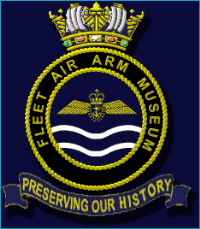
The main entrance to the museum is up a flight of stairs. We realise that not everyone will be able to use this entrance, so there is a ground floor entrance to the left of the main staircase for visitors in wheelchairs or any others who have limited mobility/disability, and for families with young children in pushchairs.
95% of the museum is accessible to people in wheelchairs. The exceptions being the interior of Concorde 002, the 'Brush with War' and Merlin Experience Gallery in Hall 2.
Accessible Restaurant
The Museum has several wheelchairs for visitors to use - free of charge. Please contact the Information Centre
Concession Rate of Admission is 7.00 for the Disabled
Group Visits for the Disabled is 5.00 - There are no restrictions on the size of your group, but we request that the minimum number in a party should be 12 people. The museum can provide a guide for your group, again there is no restriction on numbers, the guide service is provided by our Society of Friends, they are all volunteers who give up their spare time to make your visit more enjoyable. Because this service is voluntary we request you book your guide at least two weeks prior to your visit.
History of Aviation in the Royal Navy
In 1912 a Royal Navy aircraft took off from a platform built for the purpose over the forecastle of HMS HIBERNIA in Weymouth Bay, the first time an aircraft had ever taken off from a ship under way at sea.
 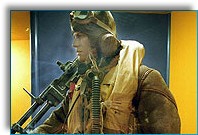
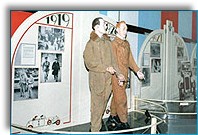 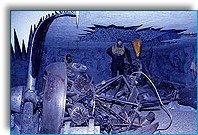 Since then, the Royal Navy has operated airships, seaplanes, flying boats and tens of thousands of aeroplanes and helicopters. It has built and deployed over a hundred aircraft-carrying ships and commissioned over a hundred air stations ashore for training and support operations.
Most of the innovative ideas that made the operation of aircraft from ships at sea possible at all have been British; many of them designed by officers serving in the Royal Navy. The Royal Navy invented many of the concepts and tactics used by air forces throughout the world.
Since then, the Royal Navy has operated airships, seaplanes, flying boats and tens of thousands of aeroplanes and helicopters. It has built and deployed over a hundred aircraft-carrying ships and commissioned over a hundred air stations ashore for training and support operations.
Most of the innovative ideas that made the operation of aircraft from ships at sea possible at all have been British; many of them designed by officers serving in the Royal Navy. The Royal Navy invented many of the concepts and tactics used by air forces throughout the world.
  It may surprise casual visitors to this web site to learn that the Royal Navy is, and always has been, one of the world's largest and most technically advanced air forces. The Centre for Naval Aviation Records and Research, within the Curatorial Department of the Royal Navy's Fleet Air Arm Museum exists to collect records, photographs and other heritage material relevant to the people, aircraft and ships of Britain's flying Navy.
The armoured cars operated by the RNAS in World War 1 might also cause a little surprise. Innovation was not limited to the aircraft and their operation.
It may surprise casual visitors to this web site to learn that the Royal Navy is, and always has been, one of the world's largest and most technically advanced air forces. The Centre for Naval Aviation Records and Research, within the Curatorial Department of the Royal Navy's Fleet Air Arm Museum exists to collect records, photographs and other heritage material relevant to the people, aircraft and ships of Britain's flying Navy.
The armoured cars operated by the RNAS in World War 1 might also cause a little surprise. Innovation was not limited to the aircraft and their operation.
 
 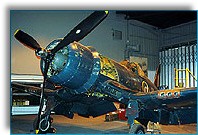
OPEN ALL PUBLIC HOLIDAYS AND HALF TERMS
Events
Please Click Here for further information
Opening Hours
Please Click Here for further information
Entrance Fees
Please Click Here for further information
Group Booking
Please Click Here for further information
Facilities
Please Click Here for further information
How To Find Us
Please Click Here for further information
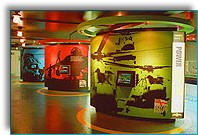 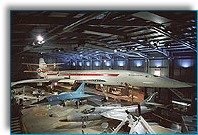
|
